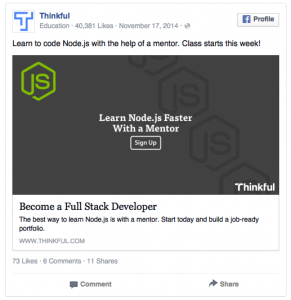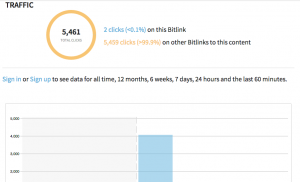I’ve come across two pieces that really resonate with my current marketing efforts.
Customer Journey Analytics
The first is on customer journey analytics – this is the first time I’ve heard this term, but considering the fact that I’m currently working with analytics as it relates to my customer’s journey, I guess it shouldn’t be!
Basically, with enough data, you can plot a customer’s journey from awareness -> consideration -> purchase -> retention -> loyalty/referring.
I’ve been mapping this journey and looking for particular instances where the metrics can be improved. It’s kind of like funnel optimization, but has a lot of interaction/touch point strategy as well as remarketing/information architecture.
This piece highlights the interaction between campaign sequencing, customer lifecycle and ad purchasing (which the author refers to as marketing timing).
Facebook Growing Ad Revenue like Crazy
This shouldn’t come as a surprise, but it’s either validating or scary to see that I’m not the only person investing in and seeing success with Facebook advertising.
Validating because I’ve tried a few times and this is the first time it’s working really well. So good for me, since I’m not failing where others are succeeding.
Scary because I wonder if this means that ad pricing will go up. I guess it’s a race between demand and additional Facebook usage?

